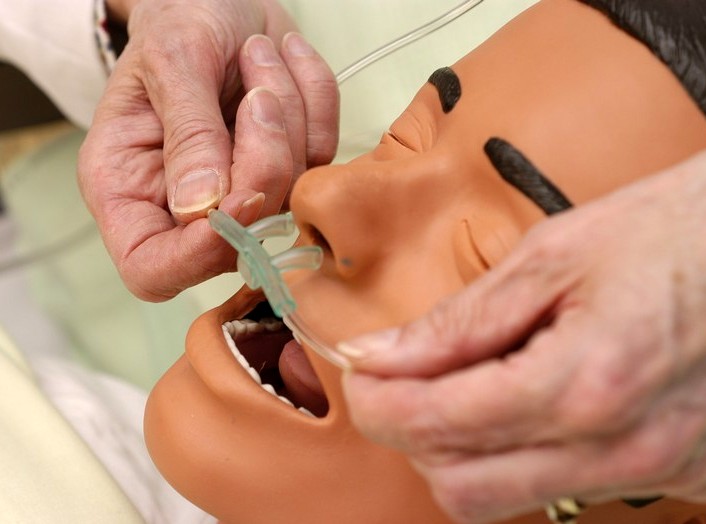
The cloud has revolutionized the way businesses operate by providing scalable and flexible solutions that can be accessed from anywhere. As more and more companies move their operations to the cloud, the demand for cloud service providers is on the rise. However, finding and hiring skilled professionals in this field can be challenging. If you are a cloud service provider looking to unlock the power of the cloud, here are some top hiring tips to help you build a strong team.
First and foremost, it is crucial to clearly define the roles and responsibilities of the cloud professionals you are looking to hire. The cloud field is vast and encompasses various roles such as cloud architects, cloud engineers, and cloud security specialists. Determine the specific skills and qualifications required for each role and clearly outline them in the job description. This will ensure that you attract candidates with the right expertise and experience.
When it comes to hiring for cloud service providers, experience matters. Look for candidates who have hands-on experience working with the specific cloud platforms and technologies that your company uses. Experienced professionals will be familiar with the challenges and best practices in the field, and they will be able to hit the ground running. Consider including a practical assessment or case study as part of the hiring process to assess candidates' technical skills.
Another important factor to consider when hiring for cloud service providers is certifications. Cloud providers such as Amazon Web Services (AWS), Microsoft Azure, and Google Cloud offer a range of certifications that validate an individual's expertise in using their platforms. Look for candidates who hold relevant certifications as it demonstrates their commitment to professional development and their ability to work with specific cloud technologies.
Cloud service providers need to have strong problem-solving and analytical skills. The cloud environment is dynamic and constantly evolving, and professionals in this field need to be able to troubleshoot issues and find innovative solutions. During the hiring process, ask candidates about real-life scenarios they have encountered and how they approached and solved the problems. This will give you insights into their problem-solving abilities and their ability to think critically.
Communication skills are also essential for cloud service providers. Cloud professionals often need to collaborate with cross-functional teams and communicate complex technical concepts to non-technical stakeholders. Look for candidates who can effectively communicate their ideas, both verbally and in writing. Consider conducting a group interview or a presentation exercise to assess candidates' communication skills and their ability to articulate their thoughts clearly.
Lastly, don't overlook cultural fit when hiring for cloud service providers. The cloud field is fast-paced and collaborative, and it requires professionals who can work well in a team environment. Look for candidates who align with your company's values and who demonstrate a willingness to learn and adapt. Consider including team members in the interview process to ensure that candidates will be a good fit with the existing team.
In conclusion, hiring for cloud service providers can be challenging, but by following these top tips, you can build a strong and skilled team. Clearly define the roles and responsibilities, look for experienced professionals with relevant certifications, assess candidates' problem-solving and communication skills, and ensure a cultural fit. With the right team in place, you can unlock the full power of the cloud and provide exceptional services to your clients.








